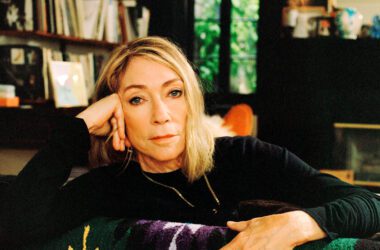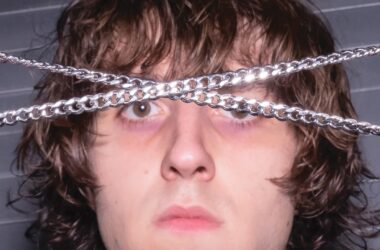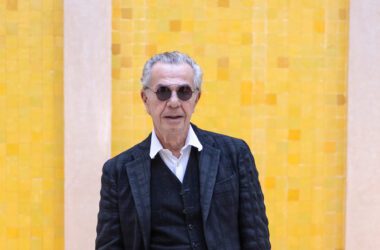[ad_1]
Mrs. Prada here looks youthful and vibrant, but her photo seems utterly unconcerned with primping or dissembling age. Her long, reddish-gold hair is tucked simply behind her ear, some stray flyaways visible. She seems to be wearing almost no makeup at all, allowing us to see the normally unseeable: the natural texture of her skin, its freckles, a mole, the lines around her mouth and eyes. In any other context, those details would be unexceptional, everyday sights. On a Vogue cover, they read as fresh and arresting, tiny hand grenades tossed into the status quo.
Even more startlingly, unlike over 95 percent of Vogue cover models in the last decade, Mrs. Prada is not looking at the camera, or even facing forward. Instead, we catch her in profile, leaning on the stone balcony of the 18th-century Baroque palazzo that houses her Fondazione Prada in Venice, the institute of contemporary culture she founded with her husband in 1993. She gazes outward over the Grand Canal, but her expression is introspective, almost dreamy.
Mrs. Prada is not so much refusing to look at us as she is looking elsewhere, thinking about something else. And she does not seem posed by a photographer. Instead, her body has found a natural position, leaning forward, one wrist gently resting on the open palm of the opposite hand. By relieving us of the pressure of the subject’s returned gaze, the photo also frees us to admire Mrs. Prada’s distinctive, sculptural face: its high forehead, high cheekbones, long aquiline nose and wide, defined mouth. This is a kind of unusual beauty Vogue rarely showcases — especially in a woman over 70. It’s personal, existing beyond conventional standards.
Perched on centuries-old stone, in a red silk coat she designed in 1988, for her very first collection, Mrs. Prada weaves herself into history — her own and that of this Italian city, whose age is integral to its exquisite beauty. She seems to survey the native landscape of her own creativity. We contemplate her contemplating and, in this, the photograph seems to depict — and hence honor — the interior process of creativity rather than its product.
There’s always been a visible feminism to Mrs. Prada’s work, a refusal of obvious notions of beauty, style, age or femininity. But in her hands, that refusal feels not like rejection or displeasure but like an invitation — to see things differently, to think beyond and beneath surfaces. “Even now,” she remarks in the accompanying Vogue profile (written by Wendell Steavenson), “fashion is sometimes the place of clichéd beauty, but it’s the cliché of beauty that has to be completely taken away — yes, changed.” With this portrait, Vogue upholds its subject’s philosophy.
Source link











